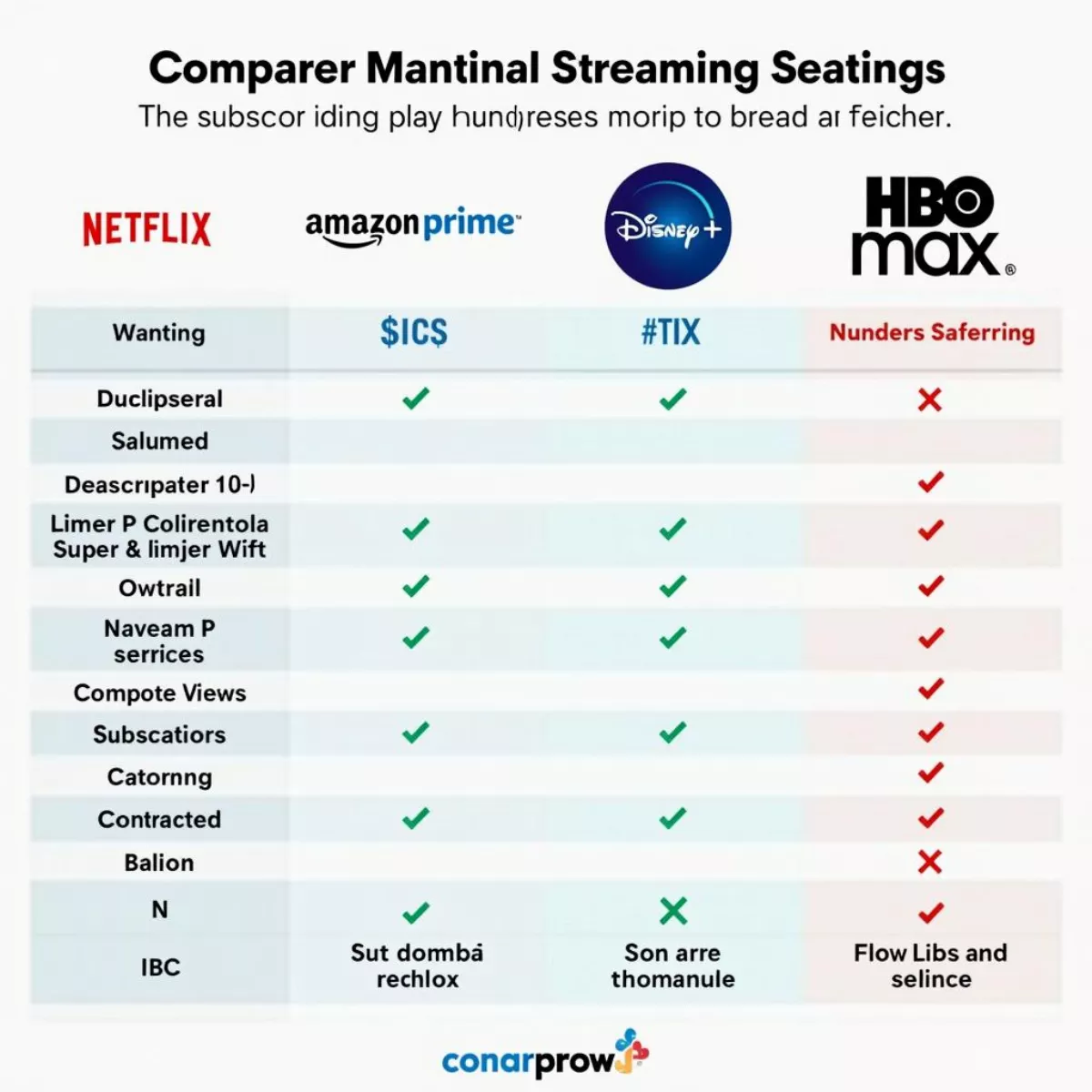If you’ve ever settled down to watch your favorite show or sport, you might wonder how that TV network makes money from all the entertainment you enjoy. Surprisingly, the business behind a television network is intricate, and understanding it can illuminate the economics of the media we consume daily. Let’s dive deep into the different revenue streams that keep TV networks afloat.
The Major Revenue Sources for TV Networks
1. Advertising Revenue
Advertising revenue is the lifeblood of any TV network. Here’s how it works:
- Ad Slots: Networks sell advertising slots during commercial breaks. Prices vary based on factors like:
- Time of Day: Prime-time slots are more valuable than daytime slots.
- Show Popularity: A highly rated show can command higher prices.
- Targeting Audience: Advertisers pay more to reach specific demographics, ensuring their products are showcased to the right viewers.
Key statistics:
- A 30-second commercial during the Super Bowl can cost advertisers upwards of $5 million.
2. Subscription Fees
With the rise of cable and streaming services, subscription revenue has become a significant source of income for many networks. This typically includes:
- Cable Subscriptions: Traditional cable companies must pay networks fees to carry their channels.
- Streaming Subscriptions: Networks like HBO have transitioned to direct-to-consumer platforms where they charge a monthly fee.
Example: HBO Max charges around $15 per month, drawing substantial income directly from viewers.
 HBO Max subscription page
HBO Max subscription page
3. Syndication and Licensing
Many networks earn money by syndicating content, which means selling the rights to air their shows to other networks or platforms. This normally involves:
- Syndication: Popular shows often get sold to local stations for re-airing. This is common with sitcoms that have finished their original run.
- International Licensing: Shows can also be licensed to air in foreign countries, expanding the revenue potential.
Key fact: Shows like Friends and The Big Bang Theory continue to generate substantial income through syndication.
4. Product Placement and Sponsorships
Product placement has become an innovative way for networks to monetize content while providing advertisers with seamless integration into programming. Here’s how it works:
- Brand Integration: Companies pay networks to feature their products in shows, allowing for direct exposure to viewers without interrupting the narrative.
Statistical Insight: In a popular TV drama, a featured product can result in 3-5% increased sales for the brand.
 Product placement in a TV show
Product placement in a TV show
5. Merchandising
Many networks, especially those targeting families or younger audiences, develop merchandise linked to popular shows. This can include:
- Toys, Clothing, and Accessories: Famous shows or characters often have associated merchandise sold online or in stores.
For example, networks like Disney capitalize on merchandise linked to their animated and live-action series.
6. Ancillary Revenues
These are smaller but still significant revenue streams that networks utilize:
- DVD/Blu-ray Sales: After a show’s season finishes, networks can cash in on DVD sales.
- Streaming Rights: Licensing content to platforms like Netflix can be another substantial revenue source.
Navigating the Complex World of TV Economics
FAQs About How TV Networks Make Money
To clarify any doubts, here are some frequently asked questions regarding how TV networks make money.
1. How do TV networks determine advertising rates?
Advertising rates are determined by the show’s viewership ratings, target demographic, and the time slot in which the ad will air.
2. Are cable networks still profitable?
Yes, while traditional cable subscriptions are declining, many networks are shifting towards streaming services, ensuring continued profitability through subscription fees.
3. What is the role of ratings in a TV network’s revenue?
Ratings significantly impact revenue, especially for advertising. Higher-rated shows can charge more per ad and often lead to better syndication deals.
4. How do networks utilize streaming platforms to boost revenue?
Networks create their platforms or partner with established ones, charging subscriptions and licensing their own shows for broader reach.
 Comparison chart of popular streaming services
Comparison chart of popular streaming services
5. Is product placement effective?
Yes, research indicates that product placements can enhance brand visibility and can lead to increased consumer purchase intent.
6. What are some successful shows known for syndication?
Friends, The Office, and Seinfeld are classic examples of shows that continue to generate massive revenue through syndication.
7. Do TV networks rely on government funding?
Most commercial TV networks do not rely on government funding; however, public broadcasters might receive some government support.
8. How is digital content affecting traditional TV revenue?
Digital content is reshaping how networks make money, drawing audiences away from traditional television models. However, it also offers new revenue opportunities through digital subscriptions and streaming.
9. Can minor channels still be profitable?
Yes, smaller or niche channels can still be profitable through targeted advertising and by catering to specific interests.
10. What is the future of TV network revenue?
The future will likely see a greater focus on streaming, digital content, and innovative advertising methods as more viewers shift away from traditional cable.
Key Takeaways
- Advertising Revenue is the primary income source for TV networks, influenced by ratings and time slots.
- Subscription Fees from cable and streaming services have become crucial, especially as viewers shift toward on-demand watching.
- Syndication and Licensing allow networks to monetize shows beyond their initial airing.
- Product Placement and Merchandising are growing avenues that enhance networks’ earnings.
- Ancillary Revenue streams, such as DVD sales and streaming rights, contribute significantly to overall profits.
Understanding how TV networks make money unveils the fascinating world of media economics, revealing the intricacies that allow for a wide variety of content on our screens today. The combination of traditional income methods and new digital adaptations showcases an industry in constant evolution, adapting to viewers’ preferences and consumption habits.
Conclusion
TV networks have to navigate a complex landscape to stay profitable in today’s rapidly changing media environment. Whether through advertising, subscriptions, or merchandising, understanding these income sources can provide valuable insights into how your favorite shows are funded.
For further reading on related topics, consider checking out our articles on television ratings and the future of streaming services.
By following this guide, you should have a clear understanding of how TV networks make money while keeping in mind the nuances that come with it. Happy watching!

